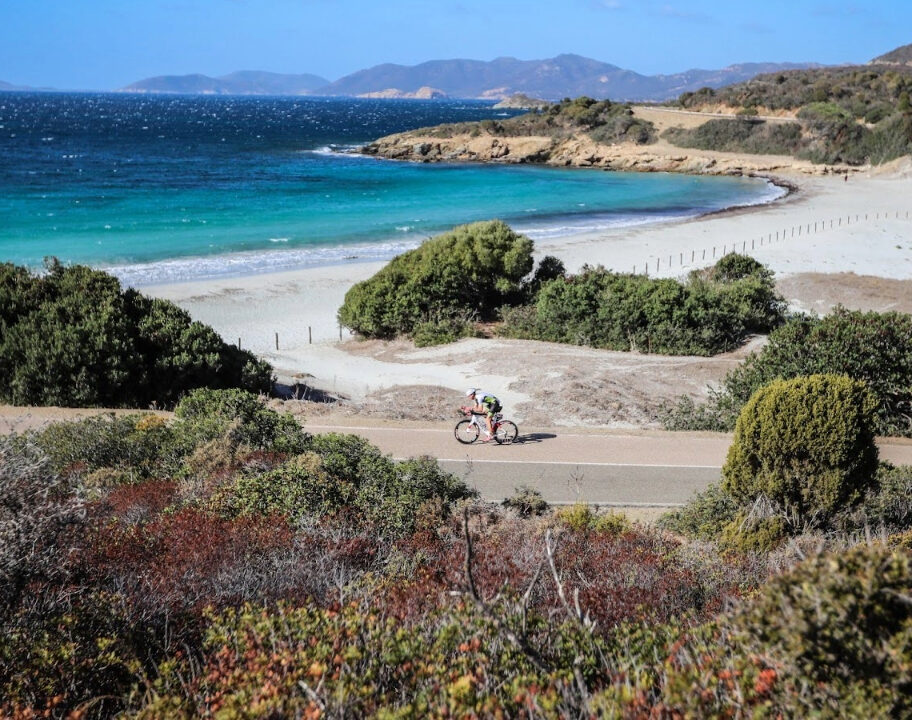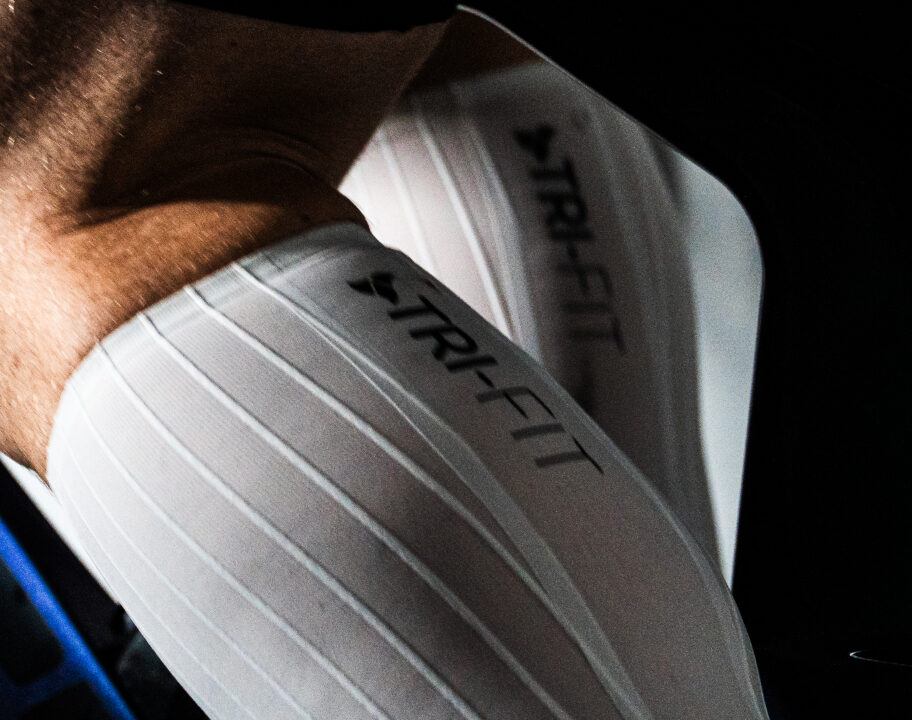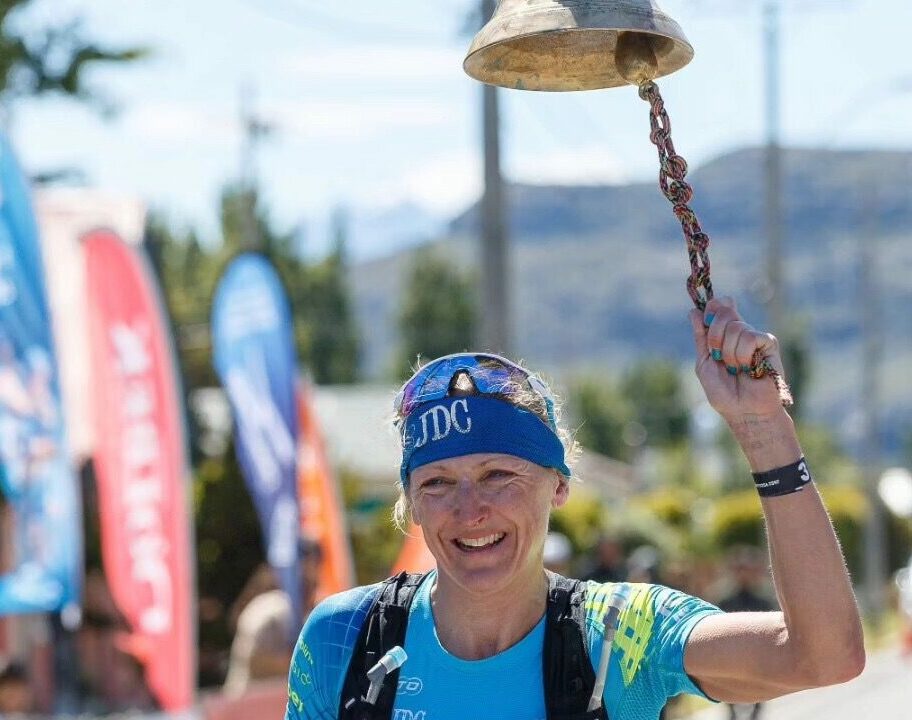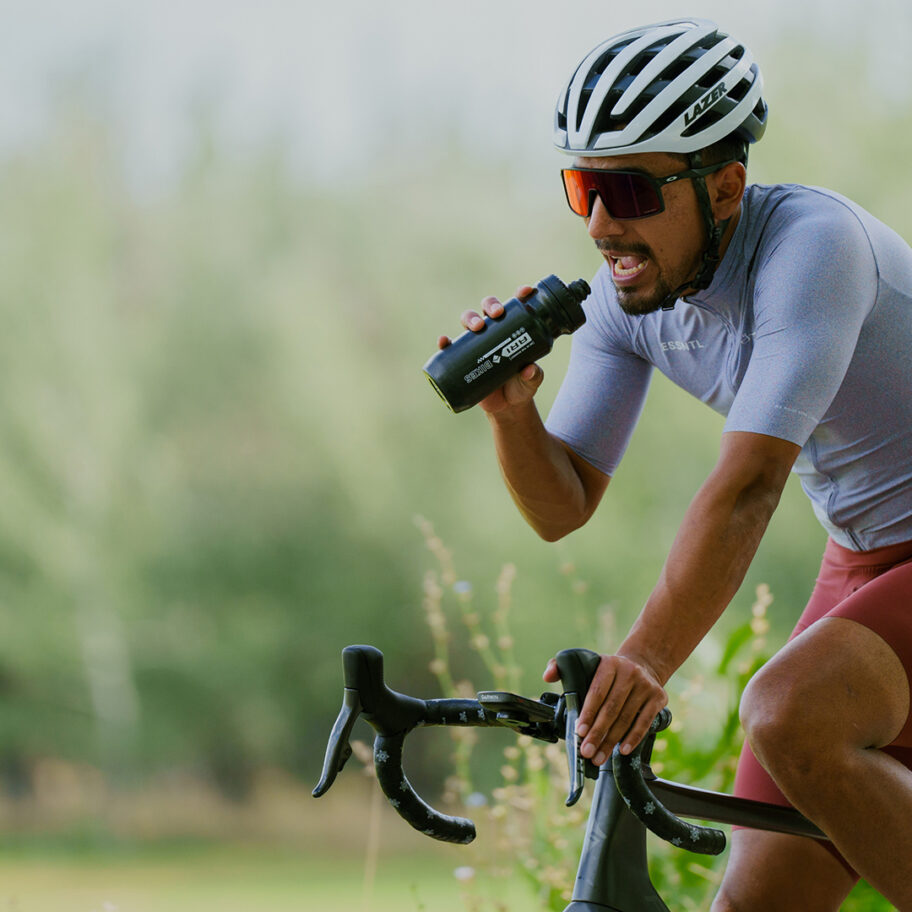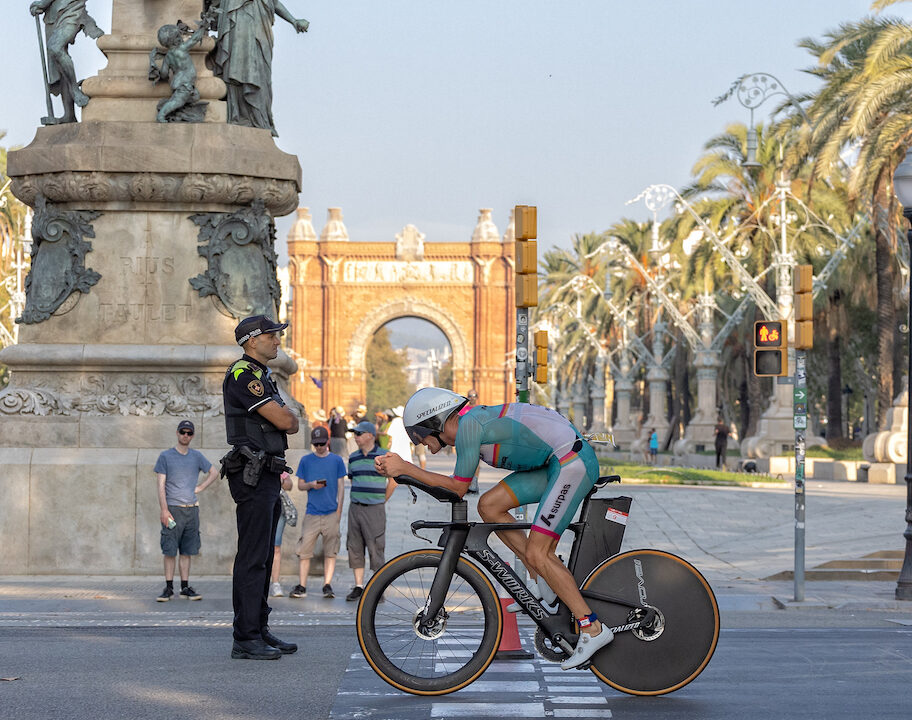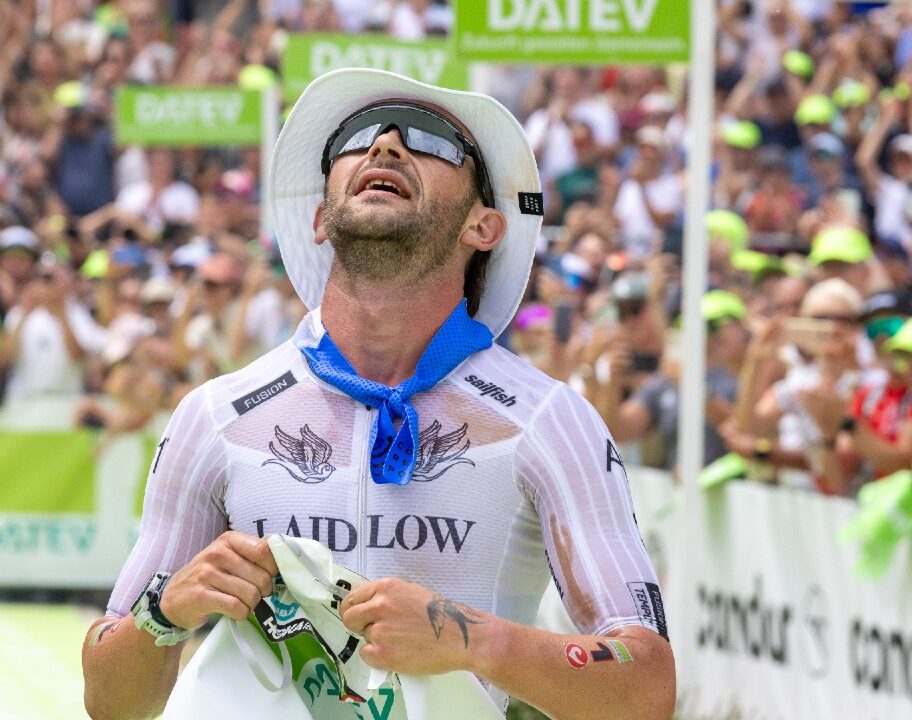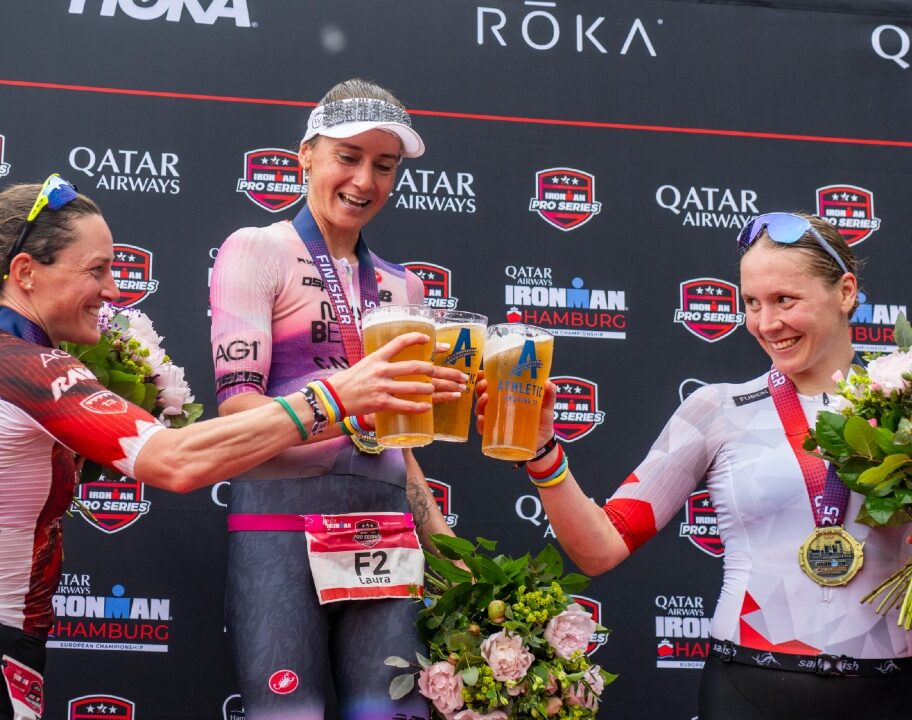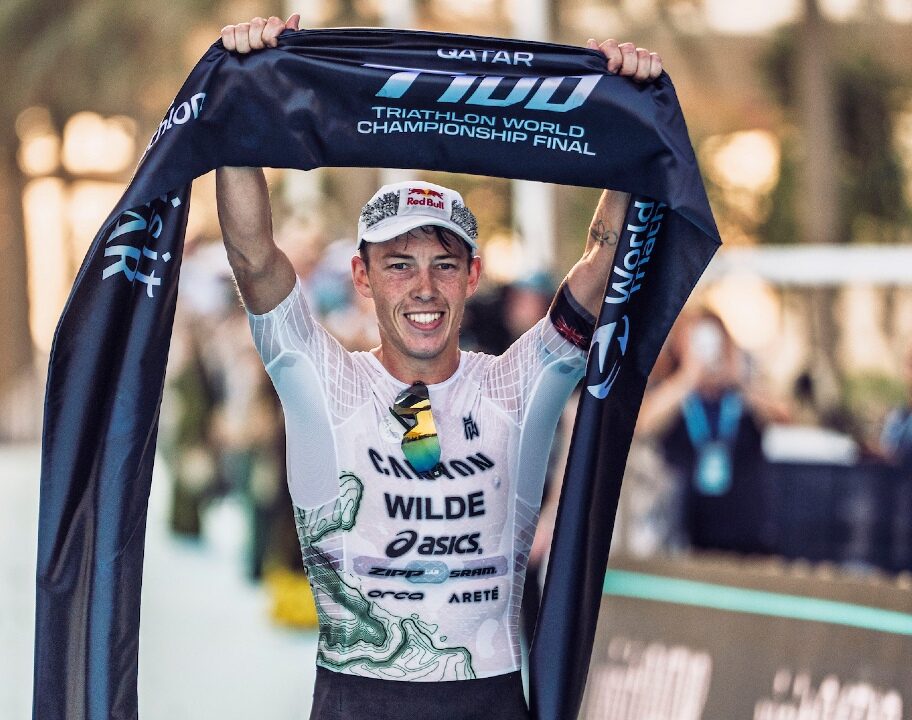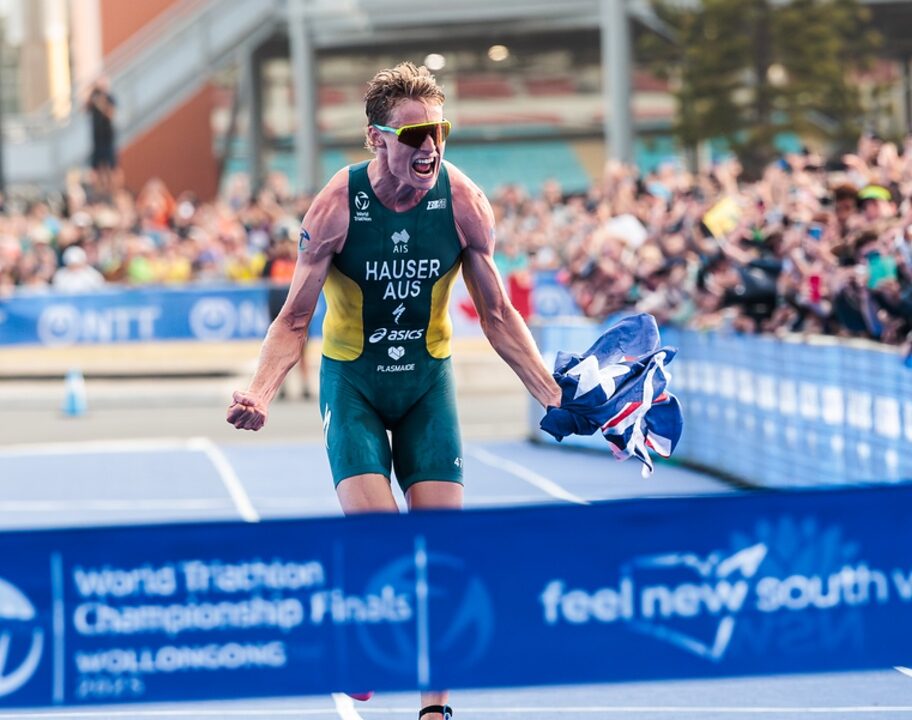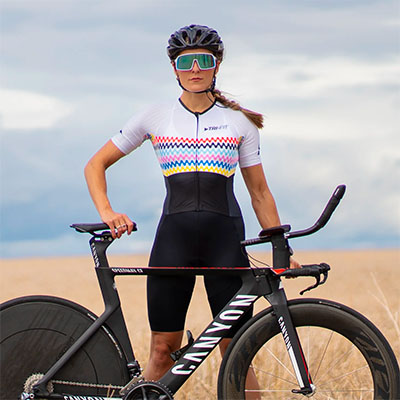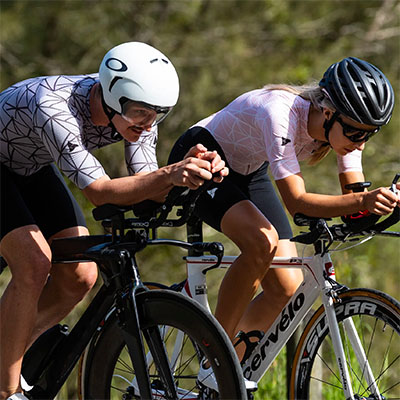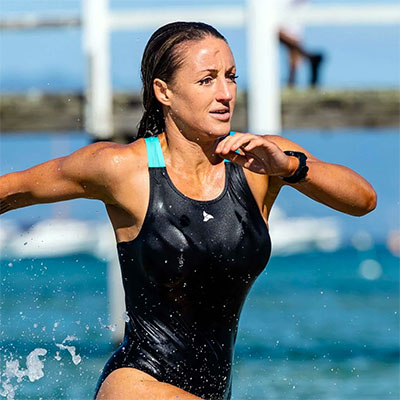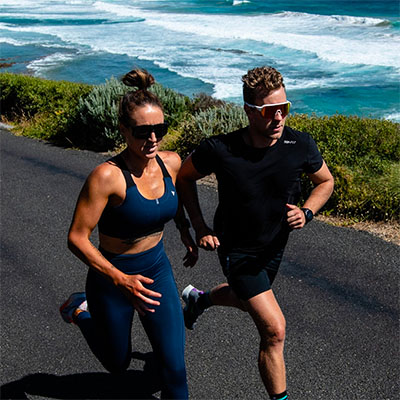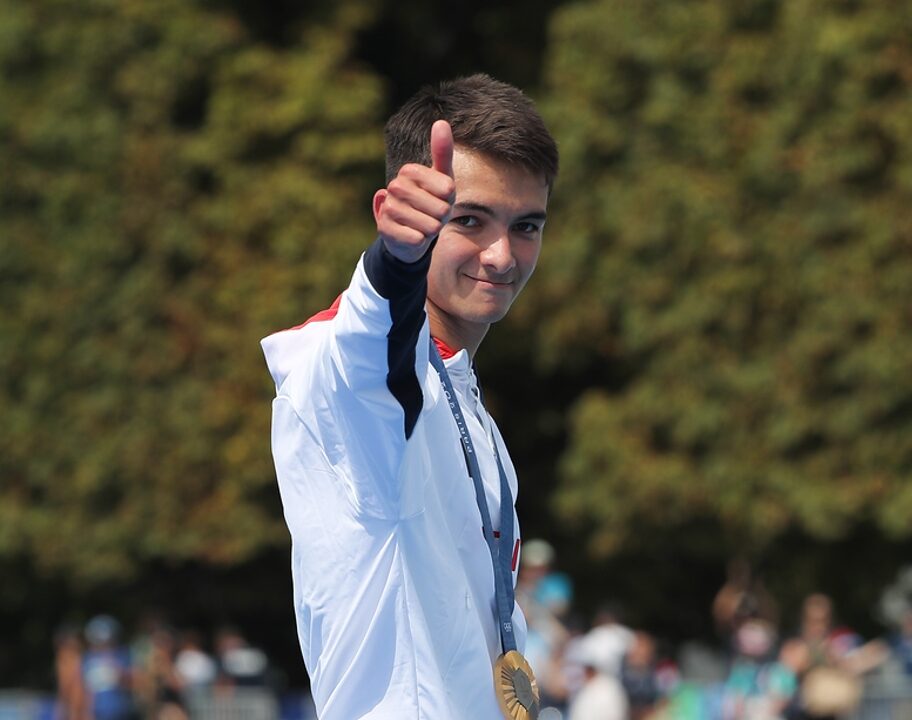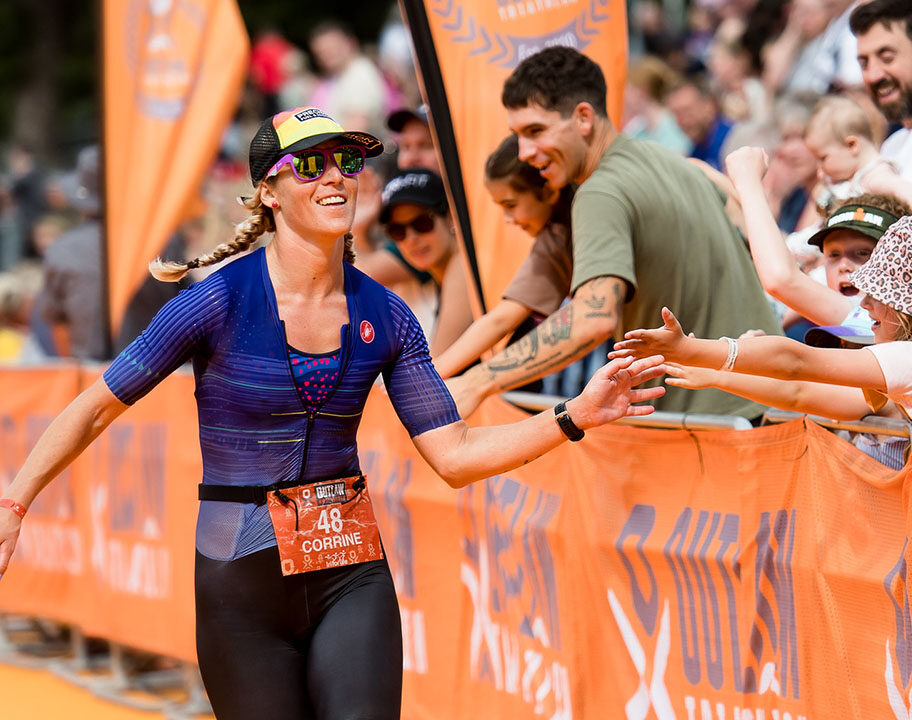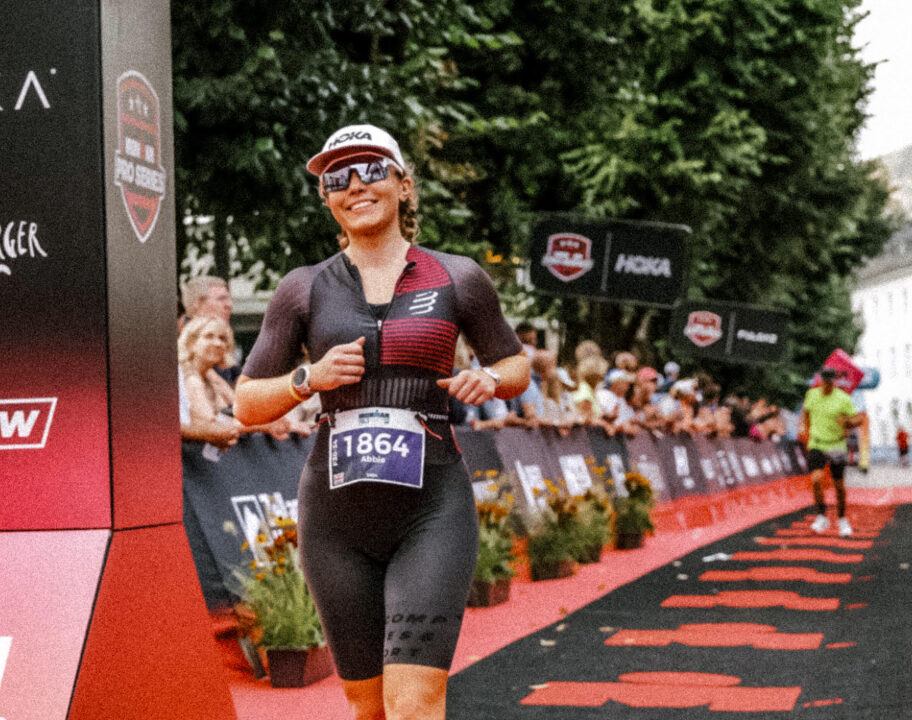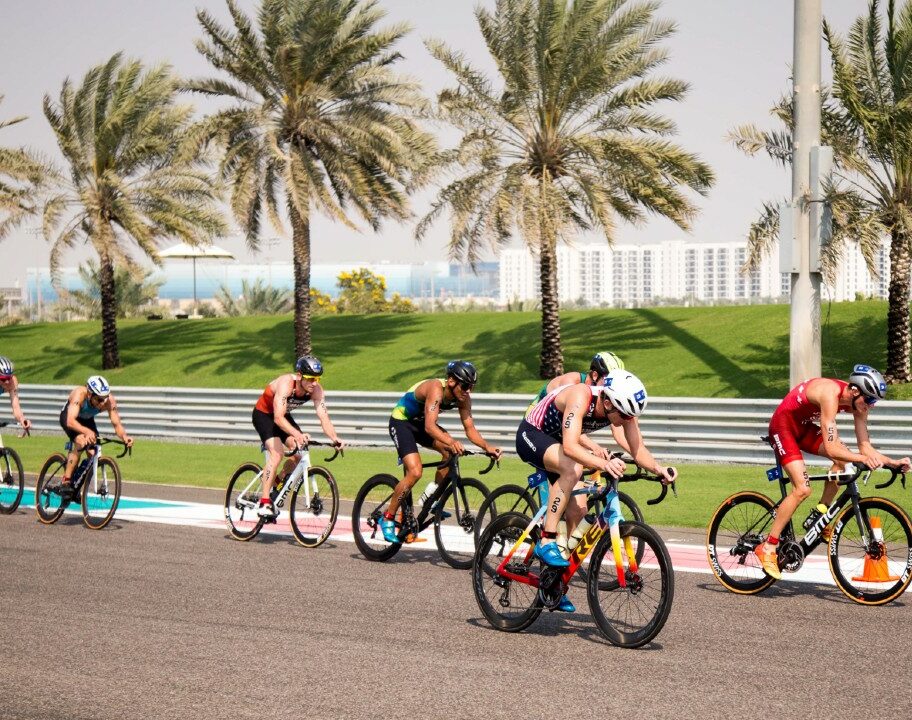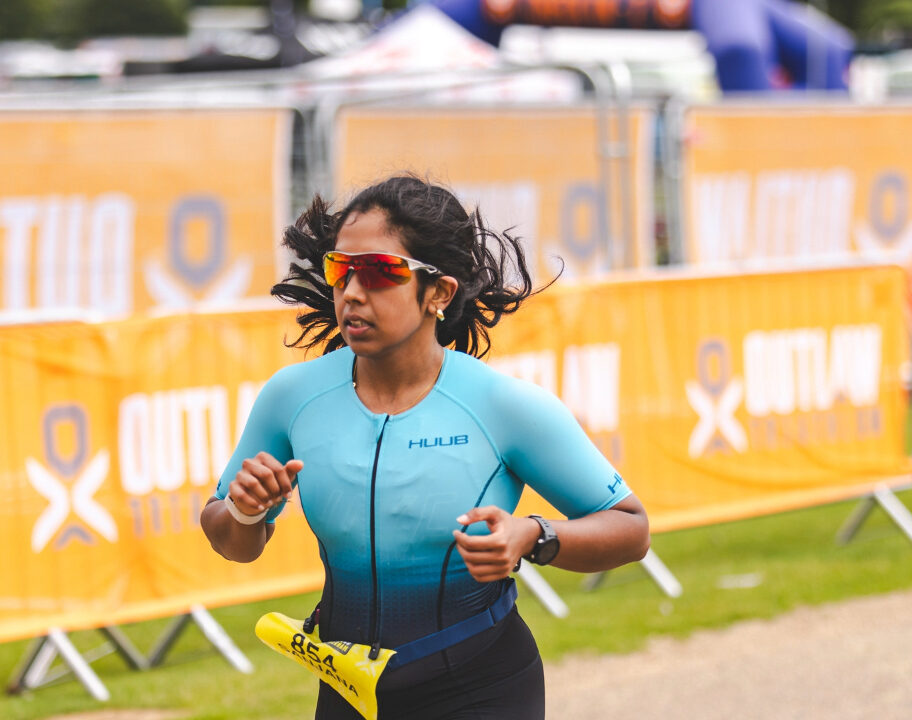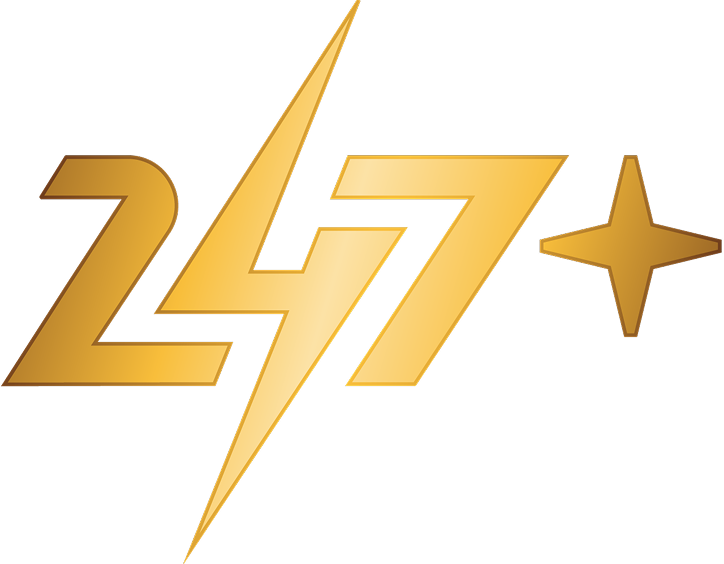Tri247’s running expert is Mike Trees – a professional triathlete based in Japan for 15 years, he is the perfect man to provide insightful advice on how a beginner should prepare for a 10k run.
Mike was Japanese National Triathlon and Duathlon Champion no less than seven times. After retiring he concentrated on running and won the 10,000m Masters World Championships aged 41. The same year he also ran under 30 mins for 10km. He now runs a consulting company and lectures in Sport Science part time at University.
What is the best 10k training plan?
This is what I would call a ‘false beginners’ schedule for getting around a 10k race like the Bluewater event. I am making the assumption that the person following this has done a bit of sport in the past year and just needs to kick-start their training – I am also assuming they have at least done one or two fun runs before and, hopefully, even a 10km. As with all training plans, you are strongly recommended to check with your doctor before starting on or significantly changing an exercise programme.
The plan is broken down into three periods; BASE, DISTANCE and SPEED. There is a rest period of one week between each phase, rest is just as important as the training as this is actually when your body adapts to the training and gets stronger. The training should allow anyone who is currently unfit but does have some sports background get round the 10k in under 60 minutes. For anyone who have been doing some gentle exercise like aerobics or swimming could expect to get around in significantly less than that.
Base: Three weeks period
This phase of the programme is all about getting used to running again. All the speeds are as slow as you need to complete the run. The important thing is not to get carried away at the start; it’s perfectly OK to walk if running is too tough.
The 400m repeats are designed to get used to running at race speed from the start. This is the key to all my training plans. The good news is that the distance is only 200m at first! Learning to run at your target 10k pace is the foundation of a good race so these short distances should be run at the same pace as you hope to complete the 10k with an equal amount of recovery. For example, run 200m at your race pace and then jog back the 200m to the start for recovery. In terms of timing, running 200m in 1 minute equates to a target pace of running the 10k in 50 minutes.
This is the most important session of week. If there is no track nearby you can run for time instead of distance, or do it on a treadmill in the gym.
Distance: Three weeks period
The second phase of the programme is where we build up to completing a run that is over the race distance. The longest run you will do is seven miles. Again, apart from the 400m reps, the pace of all other runs is slow and easy. During this phase you will run 400m at your target race pace and recover over half that distance, ie 200m.
Don’t forget the recovery week!
Speed: Three weeks period
The 400s now change to strides, you can see an example of the sort of thing I’m talking about in this earlier article and video. Do them just a bit faster than race pace as that will help improve your leg speed. It should not be too tough a session… …that one comes on the Sunday! Once a week for three weeks you have a race pace run which will always be less than race distance. A paced run at race distance and race speed is, in fact, a race!
Finally, you need to taper. Make sure you rest fully in the last week before the run. If in doubt, do less!
Good luck to everyone.
10k run plan for beginners
Tuesdays, Fridays and Sundays are rest days throughout the programme.
| Monday | Wednesday | Thursday | Saturday | |
| Easy Day | Speed/race pace | Easy Day | Long | |
| Week 1
Base | Jog 2 miles, walk 1 mile | Jog 1 mile 4x400m As: run 200m, walk 200m, jog 1 mile | Jog 2 miles, walk 1 mile | Jog/walk 3 miles (aim 2 miles jog/1 mile walk) |
| Week 2
Base | Jog 2.5 miles, walk 1 mile | Jog 1 mile 6x400m as: run 200m, walk 200m Jog 1 mile | Jog 2 miles, walk 1 mile | Jog/walk 4 miles (aim 3 miles jog/1 mile walk) |
| Week 3
Base | Jog 1 mile, walk 1 mile | Jog 1 mile, 8x400m as: run 200m, walk 200m Jog 1 mile | Jog 3 miles, walk 1 mile | Jog 4 miles, walk 2 miles |
| Week 4 Easy week | Jog 1.5 mile, walk 1 mile | Jog 3 miles | Rest | Jog 3 miles |
| Distance phase | ||||
| Week 5
Distance | Jog 3 miles | Jog 1 mile 4x400m as: run 400m, walk 200m Jog 1 mile | Jog 2 miles, walk 1 mile | Jog 5 miles, walk 1 mile |
| Week 6
Distance | Jog 3 miles | Jog 1 mile 6x400m as: run 400m, walk 200m Jog 1 mile | Jog 3 miles | Jog 6 miles |
| Week 7
Distance | Jog 3 miles | Jog 1 mile 8x400m as: run 400m, walk 200m Jog 1 mile | Jog 3 miles | Over Distance: Jog 7 miles |
| Week 8 Easy week | Jog 2 miles | Jog 3 miles | Rest | Jog 4 miles |
| Speed phase | ||||
| Week 9
Speed | Jog 3 miles | STRIDES Jog 1 mile, stride 6x75m, Jog 1 mile | Jog 3 miles | RACE PACE Jog 1 mile, Race pace for 2 miles, Jog 1 mile |
| Week 10
Speed | Jog 3 miles | STRIDES Jog 1 mile, stride 6x75m, Jog 1 mile | Jog 3 miles | RACE PACE Jog 1 mile, Race pace for 3 miles, Jog 1 mile |
| Week 11
Speed | Jog 3 miles | STRIDES Jog 1 mile, stride 6x75m, Jog 1 mile | Jog 3 miles | RACE PACE Jog 1 mile, race pace for 4 miles, Jog 1 mile |
| Taper week | ||||
| Week 12 Taper | Jog 2 miles | STRIDES Jog 1 mile stride 6x50m Jog 1 mile | Jog 1.5 miles | Jog 4 miles |

